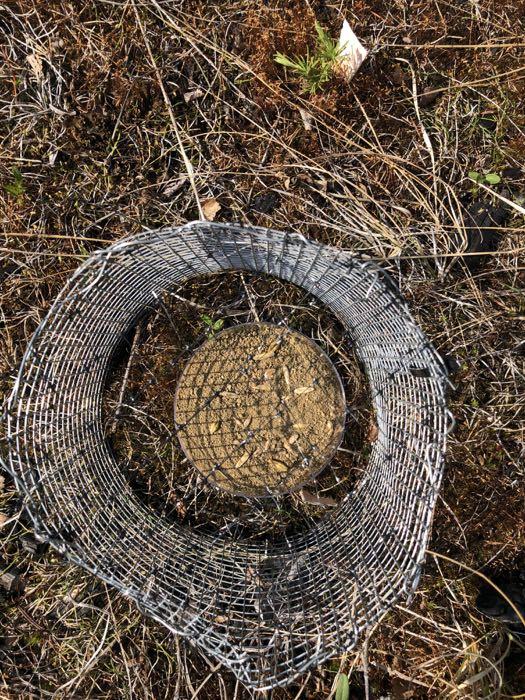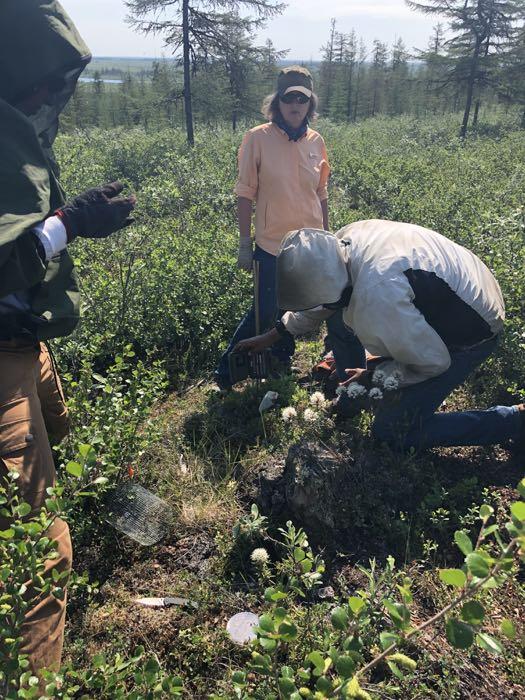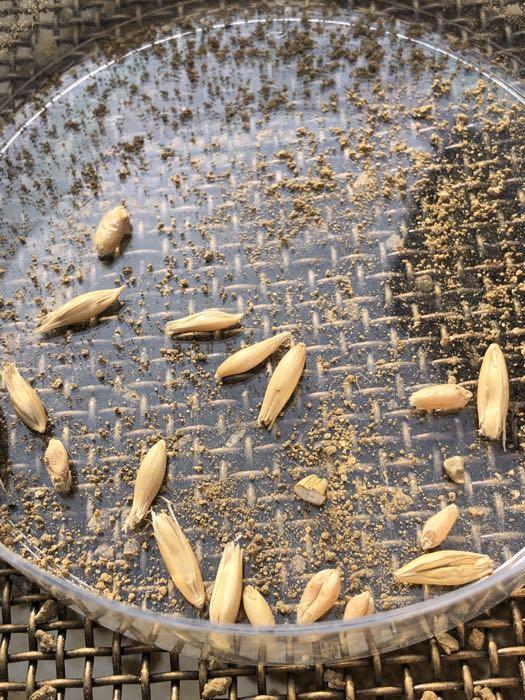Observe. Question. Hypothesize. Design. Collect Data. Analyze Data. Draw Conclusions. Share. Repeat.
Observation:
Many factors attribute to whether or not a seed will grow into a mature larch tree. The conditions have to be perfect. Think "Goldilocks and the Three Bears." The porridge has to be just the right temperature before Goldilocks eats it all up. But when looking at larch trees, even when those "just right conditions" exist, the seed still may not survive. One factor that may prevent seeds from growing into mature adults is natural predators, or animals that eat seeds. We call this seed predation.
Question:
Which natural predators may be eating the larch seeds here in the arctic? Does fire severity influence seed predation?
Hypothesize:
If seeds try to germinate in high, medium and low severity burn areas, than the greatest quantity of seeds lost to predation will occur in the high severity areas because the seeds are more visible to predators.
Take into Account:
Animal behaviors could influence seed predation. Can you name two seed eating animals? You may have selected birds or small rodents, such as mice. Mice are typically nocturnal animals, although here in the arctic, the sun does not set during the summer months. Will this influence rodent seed predation?
Design:
Engineer and build exclosures, cages that keep predators away from larch seeds.
Acquire 2 petri dishes for seeds (one inside exclosure/one outside exclosure) at each plot.
Count 20 seeds per dish.
Weigh soil to be placed in the bottom of each dish.
Identify each plot and record fire severity level (high, medium and low severity burn areas).
Measure and record all observable vegetation characteristics.
Randomize locations of control plots and game camera plots.
Standardize the distance all exclosures and dishes will sit within each plot (dishes will be placed in areas visible by game cameras).

Seed Predation Exclosure
Collect Data:
After one week, game camera footage is collected and seeds are counted. Seed dishes are reset. This procedure continues in the same fashion for several weeks.

Analyze Data:
Any animals captured on the game camera footage are identified, counted and categorized. Seed numbers are graphed and seed predation trends carefully analyzed. It is difficult to draw definitive conclusions from one experiment, however, the data can help suggest particular trends.

Conclude and Share Data:
After tedious analysis, conclusions will be drawn and the data will be drafted into a scientific paper. If all goes according to plan, the paper will be peer reviewed and eventually sent for publication in a scientific journal to share with others.


Comments